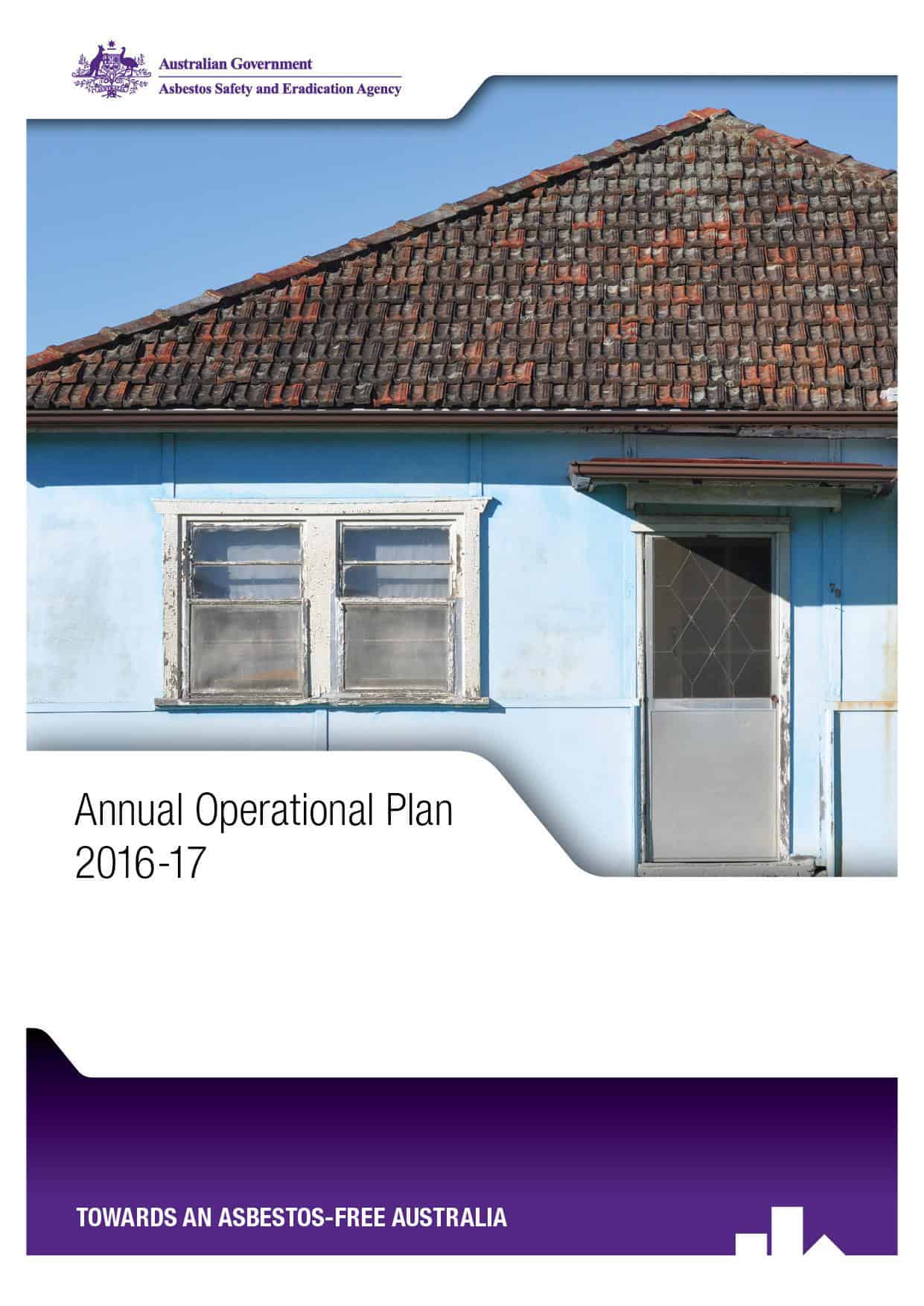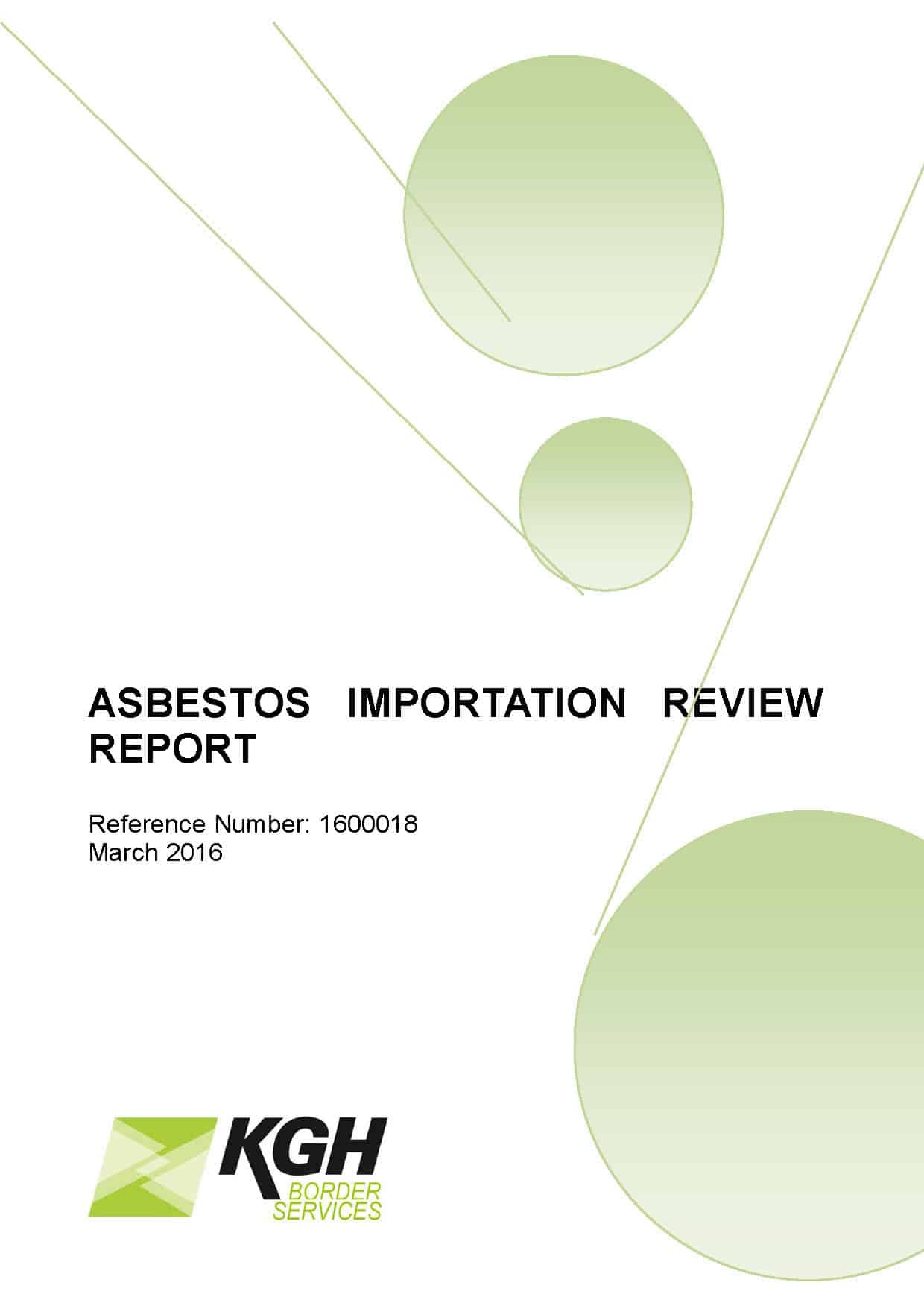 On November 15, 2016, the NSCA Foundation (NSCAF) and Westwick-Farrow Media (WFM) announced a new publishing deal for one of Australia’s few remaining occupational health and safety (OHS) publications, National Safety. The media release was very upbeat about the change but the reality is that Australian OHS professionals and business operators will lose a free, hard-copy source of safety information, Safety Solutions.
On November 15, 2016, the NSCA Foundation (NSCAF) and Westwick-Farrow Media (WFM) announced a new publishing deal for one of Australia’s few remaining occupational health and safety (OHS) publications, National Safety. The media release was very upbeat about the change but the reality is that Australian OHS professionals and business operators will lose a free, hard-copy source of safety information, Safety Solutions.
National Safety magazine is a good magazine that, although long promoted as the journal of the NSCA Foundation, has a good reputation for independent and informative OHS articles and seems to have had a loyal readership amongst OHS professionals. There had been no hint that the magazine was “in trouble” or that a change was warranted. Safety Solutions has more of an advertorial approach and seems to appeal more to the small business owner and OHS professional who is more focused on the manufacturing industry sector. The magazine has existed since 2002 and has been a consistent presence. Continue reading “Another safety magazine bites the dust”




